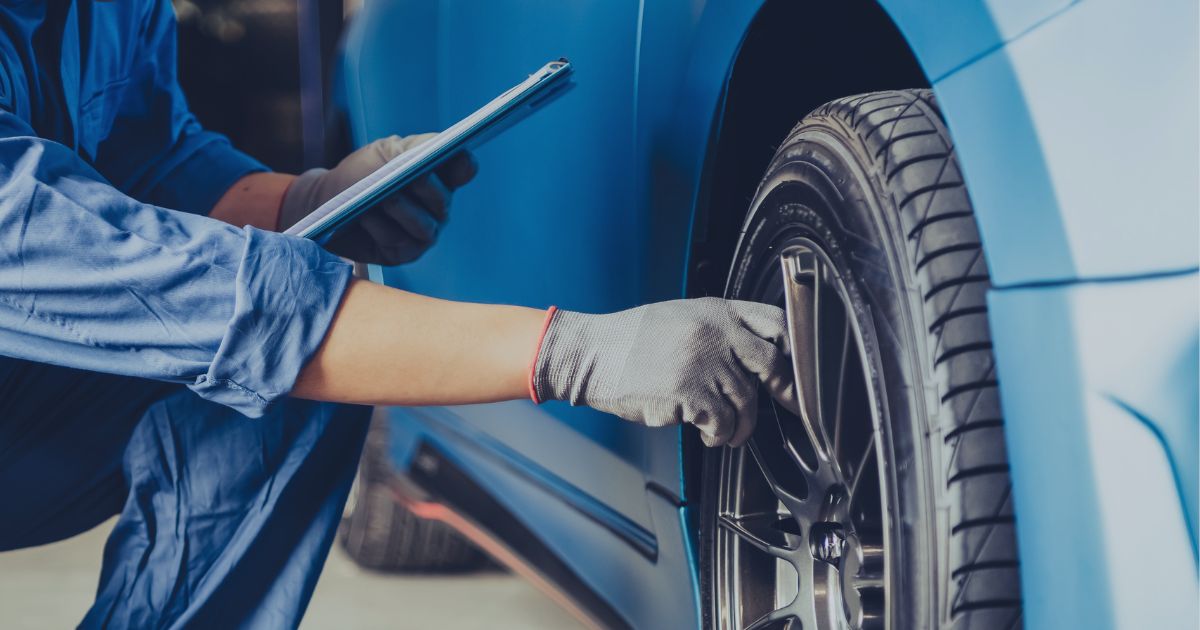Corrosion and the Technical Inspection

Corrosion and the Technical Inspection
Every car owner knows this feeling - the date for the technical inspection is approaching, and we anxiously wonder if our beloved vehicle will pass the inspection without problems. One of the main "enemies" during such an inspection is corrosion, especially of structural and load-bearing elements, which can cause a lot of trouble. So, how can you effectively protect your car from rust and what should you consider while preparing for a technical inspection?
1. Know Your Enemy — What is Corrosion?
Corrosion is the process of metal destruction by various external factors, such as moisture, road salt, or pollution. Prolonged exposure to these factors leads to the formation of rust, which weakens the metal structure and leads to its degradation, especially in the case of corrosion of load-bearing elements.
2. Regular Checks of the Bodywork
The most important step in the fight against corrosion is to regularly check the state of the bodywork. Special attention should be paid to areas particularly prone to rusting, such as wheel arches, thresholds, or the underside of the vehicle, where corrosion of structural elements can be particularly dangerous.
3. Protection Against Corrosion
Protecting your car against corrosion is an investment that will pay off. There are several proven methods that can help protect your vehicle from the adverse effects of external factors:
- Anti-corrosion protective agents: The market offers specialized anti-corrosion products that create a protective coating on the bodywork surface. They make the metal less susceptible to moisture and road salt.
- Waxing: Regular waxing of the car not only improves its appearance but also creates a protective barrier against factors causing corrosion.
- Undercarriage washing: Especially important in winter, when road salt appears. Regular washing of the undercarriage will help remove harmful substances that contribute to rust formation.
- Garaging your car: If possible, keep your car in a dry and cool place. This will help avoid exposing the vehicle to moisture and temperature fluctuations.
4. Repairing Bodywork Damage
If you notice signs of rust on the bodywork, do not delay in repairing them. Early action can prevent more serious problems in the future and a negative result in the technical inspection. Here are some steps to take when you notice the first signs of corrosion:
- Problem diagnosis: The first step should be to accurately identify the extent of the problem. Is it superficial corrosion, or has rust already penetrated deeper into the metal structure, especially in the case of corrosion of load-bearing elements?
- Rust removal: Specialized tools and chemicals will help remove rust from the bodywork. Remember to work in a well-ventilated area and use appropriate personal protective equipment.
- Paint correction: Rust removal often necessitates paint correction at the repair site. It's best to do this as soon as possible to avoid further surface damage.
- Consultation with a professional: If the corrosion is advanced, it's worth consulting with a bodywork specialist or corrosion expert. This ensures that the repair is carried out correctly and effectively.
5. Advanced Corrosion of Thresholds and Wheel Arches
If the corrosion on your car is already in an advanced phase, especially in critical areas such as thresholds and wheel arches, more radical repair measures may be necessary. Often, replacing damaged parts is more efficient and lasting than attempting to repair them.
- Damage diagnosis: In the case of advanced corrosion, it's always worth consulting with an expert, who will assess the extent of the damage and propose appropriate repair actions.
- Replacing damaged parts: Often, instead of difficult and time-consuming repairs, it is more cost-effective to purchase new parts and replace them. This ensures that your car is not only aesthetically pleasing but, most importantly, safe.
- Check our range: To speed up the repair process and reduce its costs, we encourage you to check out our store's offer. We have a wide selection of thresholds, wheel arches, and other bodywork replacement parts for many car models. By delivering them to your bodywork workshop, you ensure a quick and effective repair at a competitive price.
Remember, investing in new thresholds or wheel arches is not just about improving the aesthetics of the vehicle, but above all, about caring for its technical condition and safety on the road.
Summary
By fighting corrosion, we gain not only an aesthetically pleasing car but, most importantly, a safe vehicle that will easily pass the technical inspection. By taking care of your car and regularly checking it, we can be sure that we will avoid a negative result during the car inspection at the diagnostic station.